
In addition to having a basic impact on science, the three-dimensional (3D) vectorial nature of electromagnetic waves of light has inspired innovative uses for optical displays, microscopy, and manipulation. Conventional optical holography, on the other hand, can only handle the amplitude and phase information of an optical beam, totally excluding the 3D vectorial feature of [..]
Read More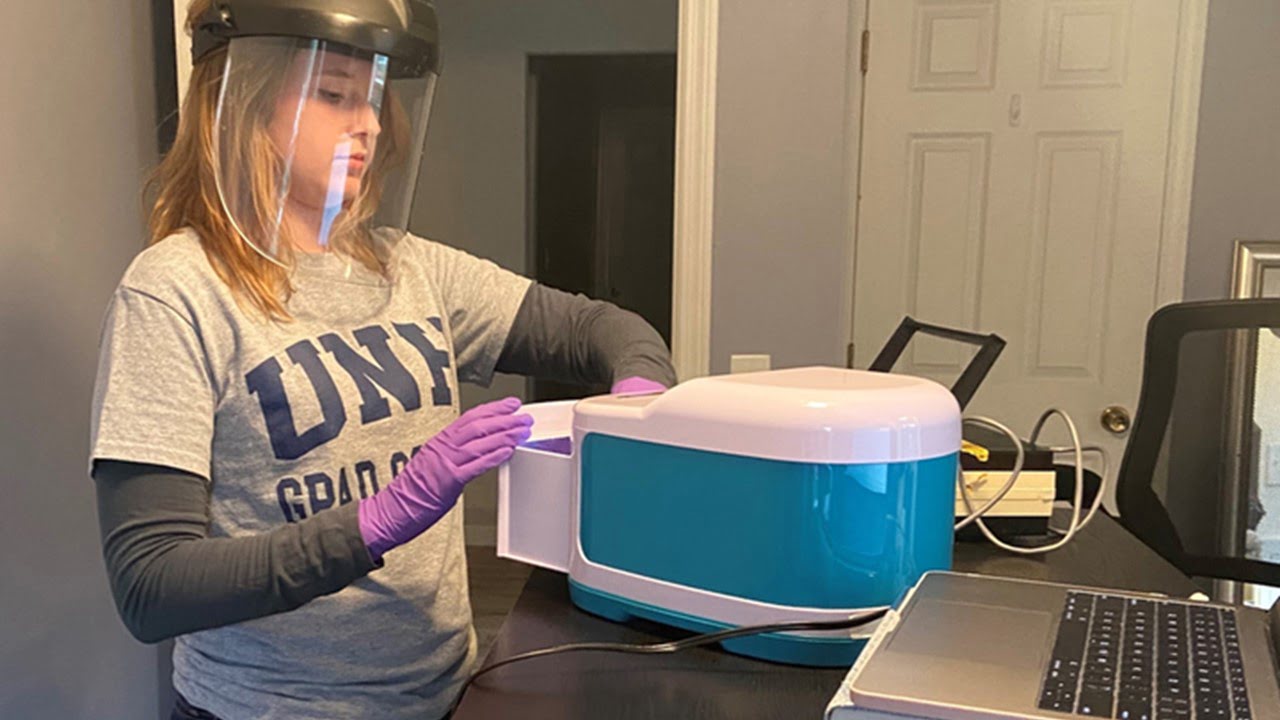
The number of COVID-19 cases has not yet hit its peak and supplies of essential personal protective equipment (PPE) such as N95 masks are dwindling, so medical communities are desperately looking for alternative solutions for disinfecting masks that healthcare workers are being forced to reuse. Medical optics solutions can prove very helpful in such conditions. [..]
Read More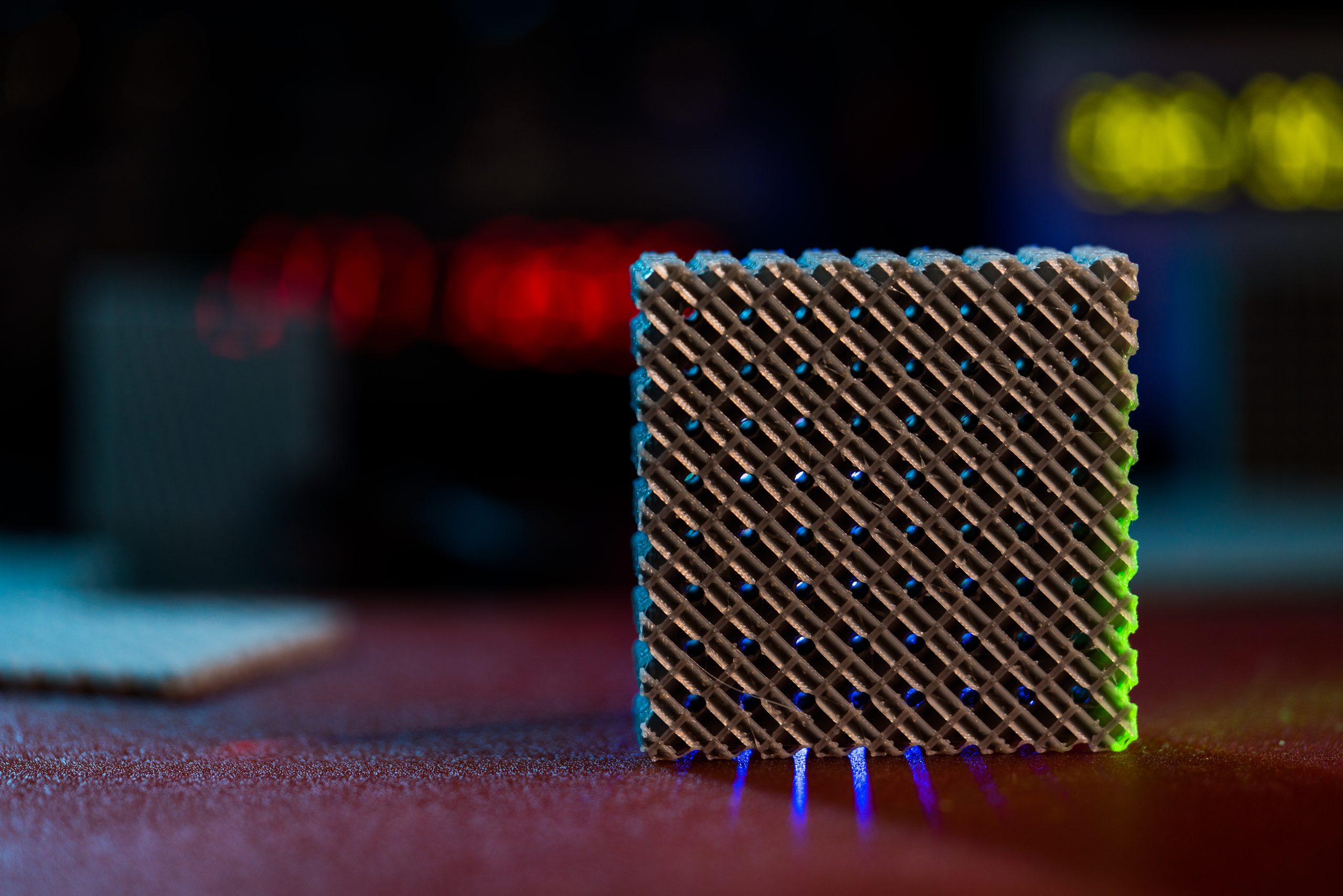
To treat a type of red-green color blindness called deuteranomaly, researchers have put metasurfaces, ultra-thin optical components, with commercially available high-tech contact lenses. People who experience different types of color blindness may find the new customizable contact lenses easy and comfortable. Additionally, the quality of plastic optical lenses can be enhanced by this research. Simple [..]
Read More
A recently released report from several German trade and research organizations argues that photonic technologies can represent “a driver of global sustainability,” and that the application of these technologies can prevent some 2.92 billion tons of annual CO2 emissions by 2030. Those avoided emissions, according to the study, would “correspond to at least 11% of [..]
Read More
Lasers that switch on and off billions of times per second are the backbone of optical communications networks, but this feat is only possible at certain laser frequencies. A team of researchers has now taken a step towards extending this frequency range by using sound waves to modulate the emission of a terahertz (THz) quantum [..]
Read More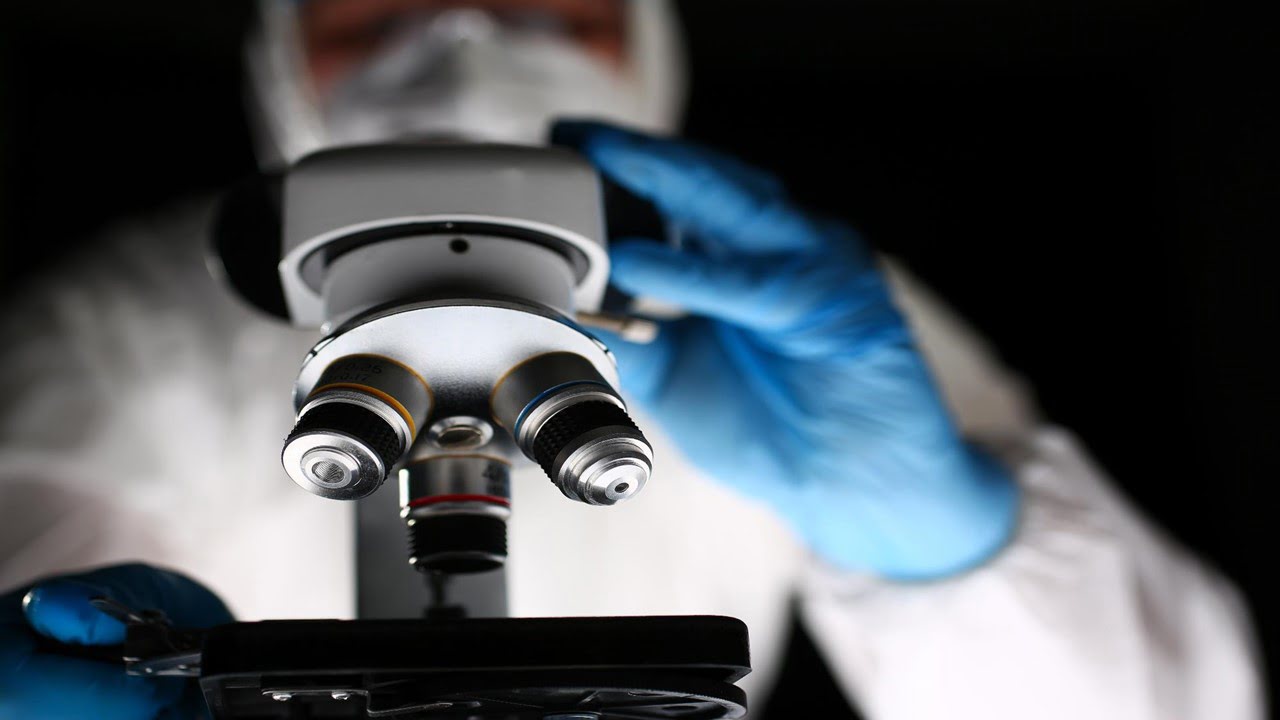
Researchers have equipped a normal optical microscope with infrared (IR) capabilities to perform digital biopsies for cancer diagnosis. They developed digital biopsies that did better than cutting-edge infrared microscopes. They closely correlated with conventional pathology procedures by combining IR measurements with high-resolution optical images and machine learning methods. The benefit is that the chemistry and [..]
Read More
These quickly expanding industries, including big data centers, Industry 4.0, and personalized healthcare, have one thing in common: they require miniaturized photonic components. These integrated or miniature photonic parts provide methods for sensing, transmitting, and processing data. Integrated photonic component production, alignment, and assembly technologies are constantly developing. Markets and manufacturers are frequently tiny, making [..]
Read More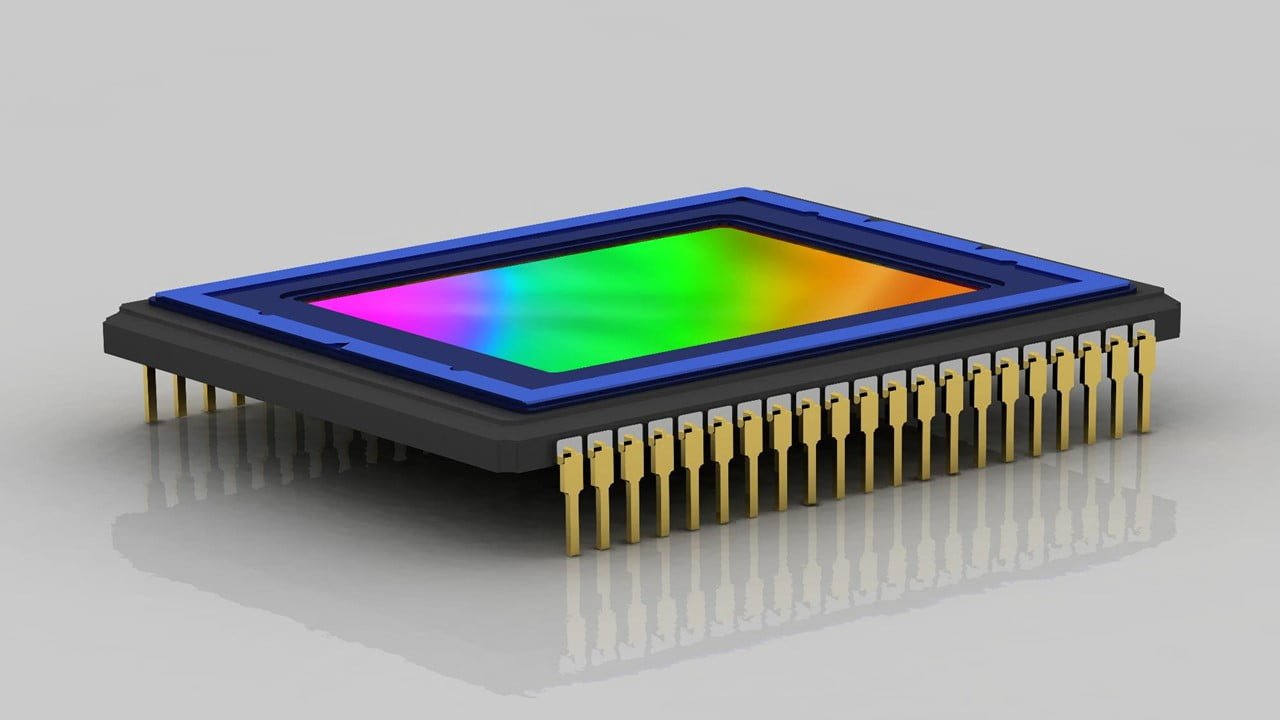
Noise is a constant issue in traditional sensing techniques, particularly in systems designed to notice changes in their environment that are barely larger or smaller than the noise in the system. Scientist Said Rodriguez devised a solution after running into this issue in his tests with interacting photons. In a paper, he shows how noise [..]
Read More
Scientists have been working to create processors that operate on light instead of electric currents for many years. Finding an appropriate nonlinear process to perform the optical equivalent of a transistor’s switching has proven to be one of the biggest challenges. But now, a joint research effort thinks it may have the solution: a specially [..]
Read More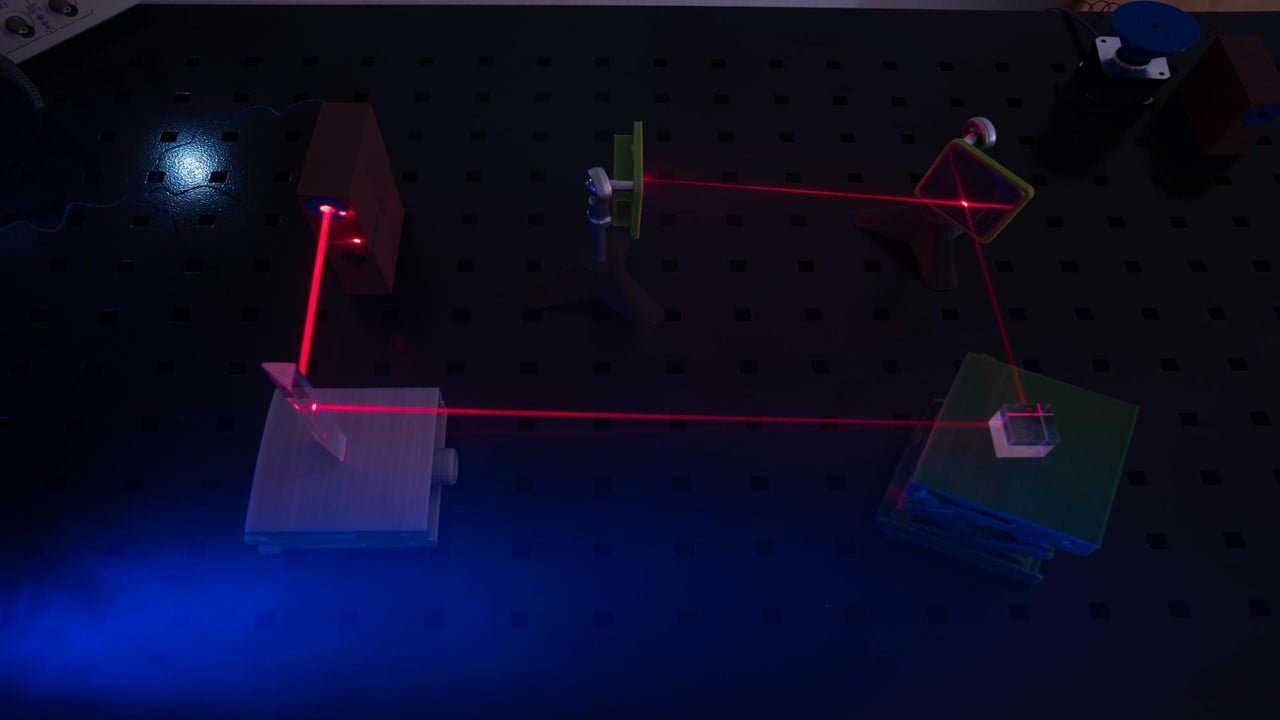
In many cases, by forming nanostructures on the surface, direct laser processing of material surfaces is a powerful method for changing those materials’ optical (light absorption) and electrical properties. The aspect of random chance that affects the size and geometry of the small-scale structures themselves has made it difficult to regulate precisely those surface modifications [..]
Read More
The creation of 3-D images and range detection has been proven by researchers using stacked, transparent graphene photodetectors in conjunction with image processing methods. The feasibility of a 3D camera that can deliver superior three-dimensional imaging while calculating how far things are from the lens has been established by researchers. Robotics, autonomous vehicles, and 3-D [..]
Read More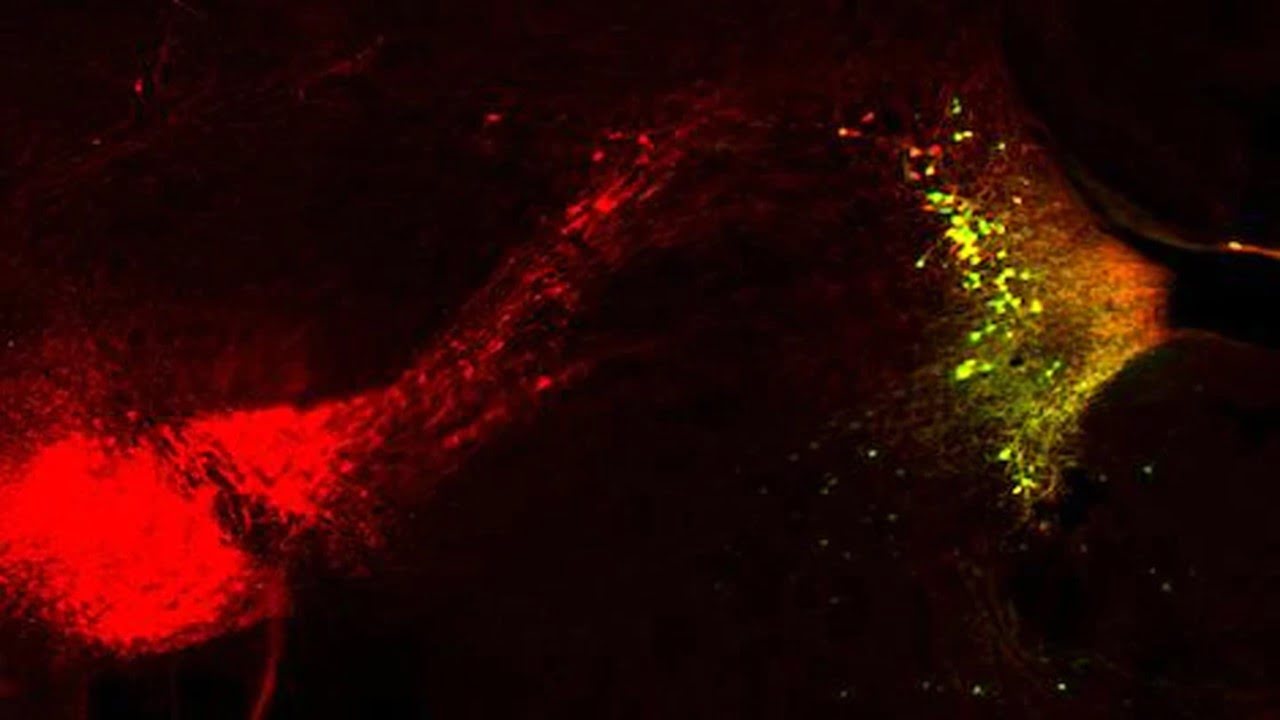
Sustained concentration (also known as vigilance) produces a different type of memory than a momentary startle, and these differences are linked to different signaling molecules in mice brains. Researchers used optogenetics neuroscience to help visualize these dynamics in the living mouse brain, observing fast and slow molecular pathways that support memory function. These processes occur [..]
Read More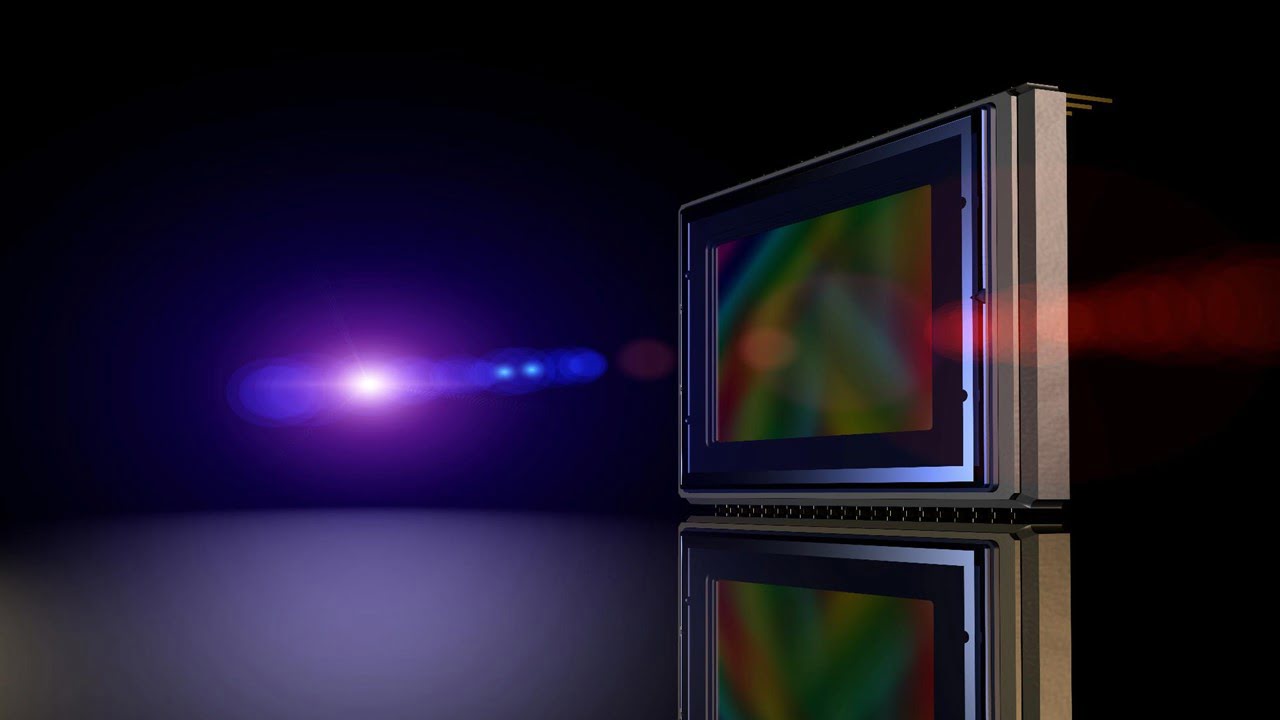
The diagnosis of sepsis must be made quickly, but the tests presently used to do so can take up to 72 hours. Researchers have created an optical detector that can diagnose sepsis in minutes instead of several days. The portable biosensor uses digital plasmonic imaging, in which nanoparticles have improved. An optical metasurface made of [..]
Read More
Researchers have created a method for turning a regular optical substance into a frequency doubler using light. The method could be used to investigate quantum-mechanical tunneling and build all-optical information processing devices. An optical phenomenon known as frequency doubling occurs in radially asymmetric materials with a second-order nonlinear susceptibility. One photon with a frequency twice [..]
Read More
To treat, identify, or keep track of GI disorders, a variety of medical devices can be inserted into the gastrointestinal system. Once they have completed their task, many of these must be removed through invasive surgery. Engineers have now devised a method to cause the internal decomposition of such devices when they are subjected to [..]
Read More
For accurate, real-time intraoperative diagnosis of brain tumors, researchers have merged an advanced optical imaging technique with an AI system. The accuracy of pathologist interpretation of traditional histologic images was compared to the diagnostic accuracy of brain tumor image categorization through machine learning. Both methods produced comparable findings, with the AI-based diagnosis being 94.6% accurate [..]
Read More
Researchers have created a new imaging method that uses fewer images than conventional nanoscopy methods to generate nm-scale resolution. The researchers used ghost imaging to accelerate their method’s imaging performance. The novel method might be advantageous for live cell imaging. The approach is founded on stochastic optical reconstruction microscopy (STORM), a wide-field microscopy technique that [..]
Read More
Scientists have described a prototype atomic-array optical tweezer clock that combines the advantages of single-atom and optical-lattice clocks. The most precise and reliable optical clocks currently rely on the optical probing of either a single ion or a group of neutral atoms in an optical lattice. An array of about 40 strontium atoms, each one [..]
Read More
Using low-cost solution-processing techniques, a study team has created high-efficiency, near-infrared LEDs covering 900 mm2. Researchers point out that infrared LEDs are frequently used in remote controls and security video systems and have been used in optical communications and covert illumination. According to the researchers, they are typically small point sources, which restricts their use [..]
Read More
Skip the litmus paper; instead, a new type of pH sensor based on the current light developed by a global research team could provide users with an immediate visual readout and continuously capture a signal without interfering with the monitored biological systems. The scientists think their proof-of-concept gadget could inspire the creation of other sensors. [..]
Read More